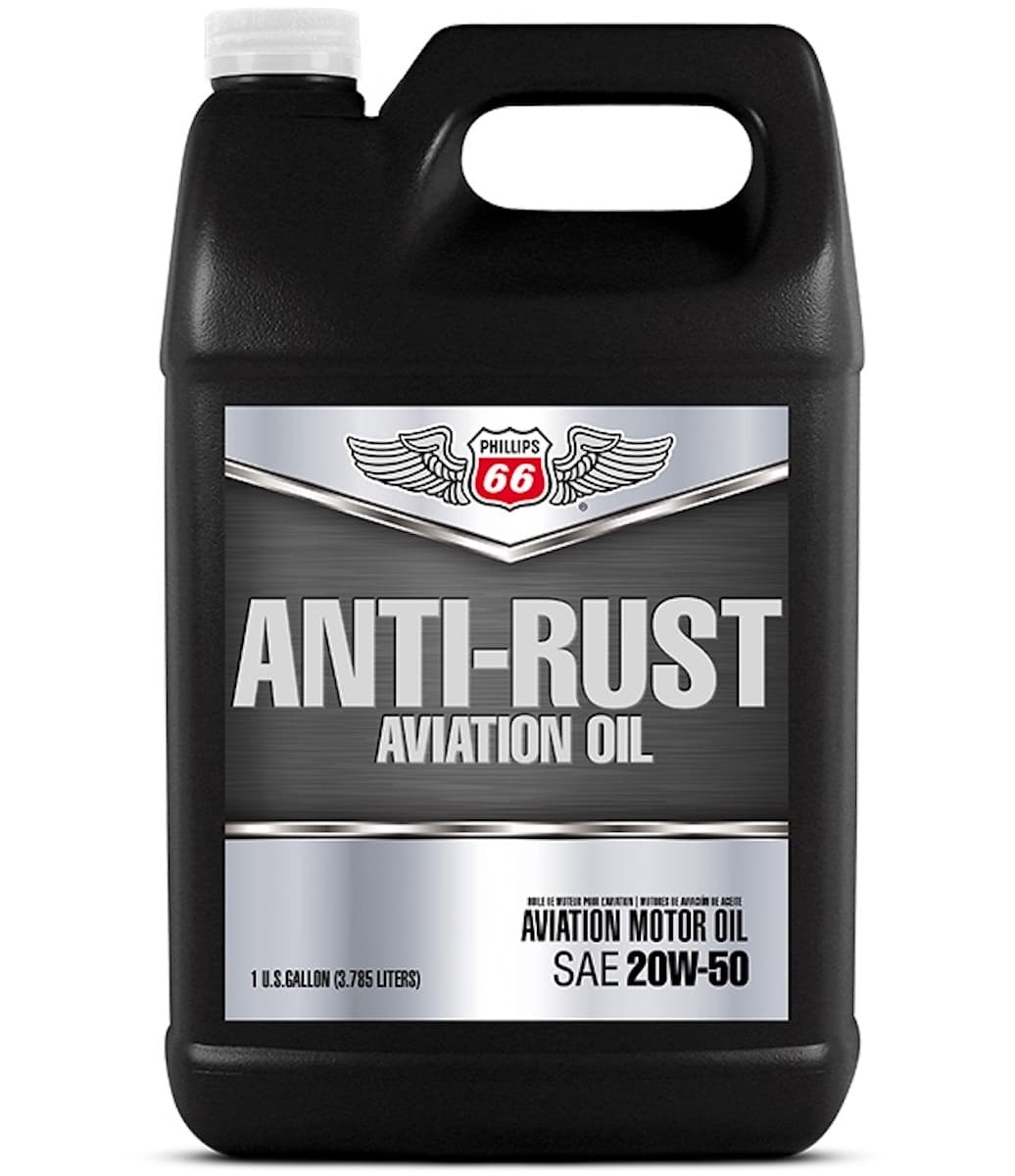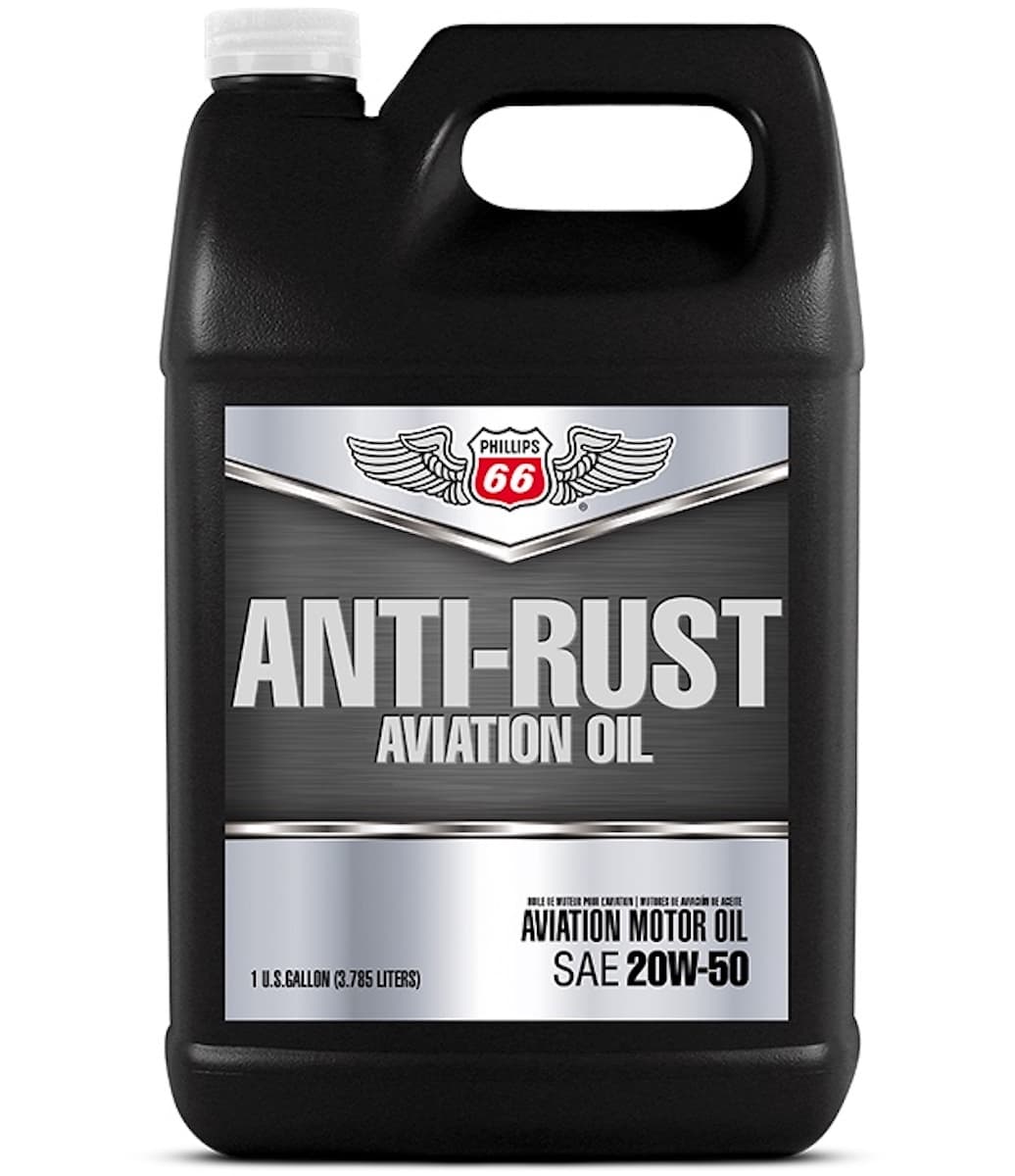In late 2024, I wrote a column on steps to take to reduce rust and corrosion for an aircraft engine that was not flown very often.
Since then, I’ve received inquiries from readers about preserving or “pickling” aircraft engines that are off the wing waiting for an airframe restoration or for a kit-built aircraft to be completed.
The best recommendation is the process the military developed for shipping replacement engines during World War II.
During that time, a large number of replacement engines were shipped worldwide and were exposed to salty sea air during transportation and then in storage in coastal seaports until needed.
The process the military came up with was to operate the engine on a special preservative oil that met the Mil-C-6529C specification prior to shipment. The product was a mixture of three parts 100 straight aviation mineral oil with one part Aeroshell Fluid 2XN. The finished product was sold as Aeroshell Fluid 2F.
This product may be hard to find, but Phillips still markets a product qualified against that specification called Anti-Rust Aviation Oil.
And Shell still markets the 2XN product, which can be blended with any aviation piston engine oil at three parts oil to one part 2XN.

During the war, new engines to be shipped overseas were run up with the preservative oil, sealed up, and a little metal basket with vapor phase inhibitor (VPI) crystals was hung in the oil fill neck.
The Main Concerns
When preserving an aircraft engine — whether it is from Lycoming, Continental, or another radial or inverted engine — the main concerns are the camshaft/lifters and the cylinder walls.
This is most critical in Lycoming engines because the camshaft is located at the top of the engine above the crankshaft. That means when a Lycoming engine sits idle, warm moist air is drawn in during the day and then the moisture condenses out onto the camshaft in the cool evenings.
The Lycoming assembly instructions call for coating the cam with STP automotive additive. This contains ZDTP, which will help protect the camshaft. You can also run the engine up on a Mil-C-6529C oil.
But now the engine will sit until the airplane restoration or build is complete, allowing rust to form on the cam. Whenever the cam is turned — even a small amount — the rust on the cam acts as a lapping compound, which starts the wearing process. This is basically a dry start.
One of the fixes I have seen is to fill the whole crankcase with oil so that the cam and lifters are under oil. This is kind of expensive and takes a lot of oil and can be messy.
A better idea is to buy an engine stand like the cheap automotive ones. Now with a normal oil change with preservative oil, you can invert the engine and coat the cam and lifter assembly. Some people leave it inverted all of the time, while others store it this way only periodically, especially prior to any movement of the crank.

Storing a Continental engine is fairly easy. Just check to make sure that the level of preservative oil is above the camshaft in the engine prior to storing.
Storing round engines also is fairly easy because most round engines have roller lifters, so rust is not as critical as long as the preservative oil is added prior to storage.
Check The Weather
The whole process is also very dependent on your climate and weather conditions.
For example, if you live in a dry or arid area or you are storing your engine in a temperature-controlled hangar, then there is less concern of rust and corrosion.
If, on the other hand, you live in a coastal area or high humidity area, you may wish to take extra steps, like sealing all air leaks, such as the intake and exhaust, using desiccant or dehydrator plugs.
Or you can add a basket of VPI crystals in the oil fill neck. But don’t just pour a few crystals into the crankcase. The crystals need to be suspended in the air. If added to the oil they become ineffective.




